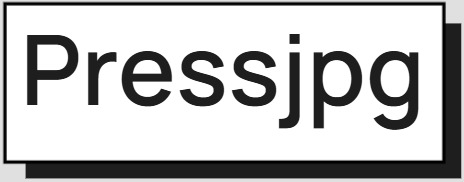Top 7 Free Tools for Compressing Images Online
Published by ImageCompressor | Updated 2025
If you want to speed up your website, reduce bandwidth costs, and improve UX, compressing your images is essential. But where do you start? Here are 7 of the best free tools to compress your images directly in the browser — no software download required.
1. TinyPNG
URL: https://tinypng.com
Pros: Simple UI, supports both PNG and JPEG, great balance between size and quality.
Cons: Max 20 images at once, file size limit (5MB).
2. Squoosh
URL: https://squoosh.app
Pros: Advanced settings, supports WebP/AVIF, real-time preview.
Cons: Compresses one image at a time.
3. ImageCompressor (this site)
URL: /
Pros: Secure client-side compression, batch support, download ZIP.
Cons: Limited to JPEG, PNG, WebP for now.
4. Compressor.io
Pros: Supports multiple formats, good for both lossy and lossless.
Cons: No bulk upload feature in free version.
5. Optimizilla
URL: https://imagecompressor.com
Pros: Quality slider per image, batch upload, preview feature.
Cons: Interface is a bit outdated.
6. Kraken.io (Web Interface)
URL: https://kraken.io/web-interface
Pros: Fast bulk compression, multiple modes (lossy/lossless).
Cons: More features available only in Pro plan.
7. ILoveIMG
URL: https://www.iloveimg.com/compress-image
Pros: Batch compression, drag-and-drop UI, PDF tools included.
Cons: Compression control is limited.
Comparison Table
| Tool | Formats | Bulk Support | Preview | Best For |
|---|---|---|---|---|
| TinyPNG | JPEG, PNG | Yes (20 max) | No | Quick batch work |
| Squoosh | Many | No | Yes | Custom control |
| ImageCompressor | JPEG, PNG, WebP | Yes | Yes | Fast & secure |
| Compressor.io | JPEG, PNG, SVG, GIF | Limited | No | One-offs |
| Optimizilla | JPEG, PNG | Yes | Yes | Manual fine-tuning |
| Kraken.io | JPEG, PNG, GIF, SVG | Yes | Limited | Performance |
| ILoveIMG | JPEG, PNG | Yes | No | Quick online use |
Conclusion
Whether you need fine-tuned compression (Squoosh), fast batch downloads (ImageCompressor), or something in between, these free tools offer everything you need to keep your images sharp and fast-loading. Try a few and see what fits your workflow best.
